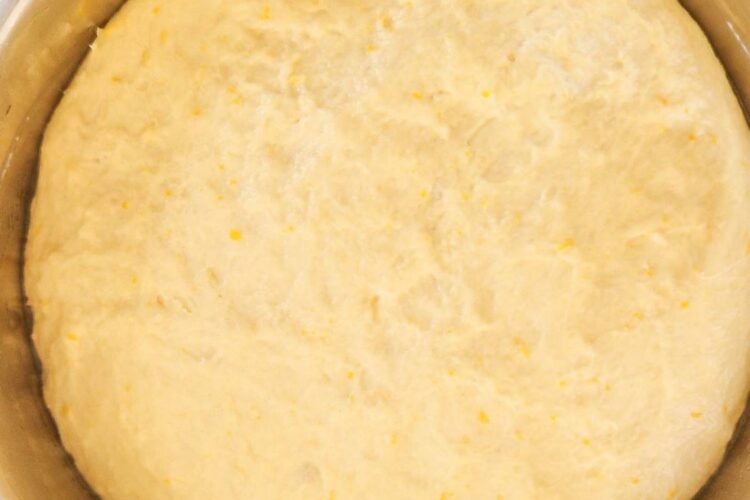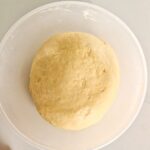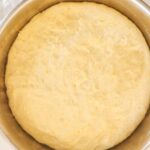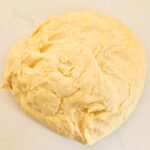What is yeast dough?
Yeast dough is the base for many of your favourite recipes, like bread, croissants, pizza, or even sweet treats like cinnamon rolls. Yeast helps the dough rise, making it soft, airy, and delicious. While the process of making yeast dough can seem tricky at first, with a few simple tips, anyone can create perfect dough!
I’ve been making yeast dough for many years. I was in my early twenties when I had to make bread for the first time, and more than that, I made it together with my dad because my mom was away, and we ran out of bread.
To make matters worse, none of the nearby stores were open, or they didn’t have any bread left. This article is where I’m sharing all the knowledge I’ve gathered throughout the years. I invite you to visit my Romanian blog, The Lemon Flavour, to discover a wide range of yeast dough recipes that I’ve created over time.
Main steps for a successful yeast dough:
Activating the yeast
Yeast is the magic ingredient that makes the dough rise. If you’re using dry yeast (the most common type), you need to activate it first.
Here’s how you do it:
-
Put the yeast in a small bowl.
-
Add 1 tablespoon of sugar from the total sugar amount in your recipe.
-
Pour warm milk (not hot, as it could kill the yeast!) over it. Let it sit for 10 minutes.
-
If the mixture starts to bubble or foam, it means the yeast is activated and ready to go.
Why is warm milk important?
Milk that is too cold won’t activate the yeast, and milk that is too hot will destroy it. Make sure the milk is warm, but not too hot! 35-35 C.
Mixing wet and dry ingredients
After activating the yeast, you can add it to the other ingredients. Typically, recipes include a mix of wet ingredients (milk, eggs, oil, etc.) and dry ingredients (flour, salt, sugar).
-
Start by mixing the dry ingredients in a large bowl.
-
Then add the wet ingredients (usually the milk-yeast mixture and other liquids) and mix until you get a soft dough.
Kneading the dough
Kneading is the key to getting a smooth and elastic dough.
How to do it:
-
Place the dough on a clean surface and begin to knead with your palms.
-
Knead for 8-10 minutes until the dough becomes smooth and no longer sticks to your hands.
-
If the dough is too sticky, add a little flour, but don’t overdo it or the dough will become dry.
Tip: Don’t worry if the dough seems sticky at first! The more you knead, the smoother and fluffier it will become.
Letting the dough rise
Once you’ve kneaded the dough, place it in a bowl greased with a little oil and cover it with a clean kitchen towel.
-
Let it rise in a warm place, free from drafts, for 1 to 1.5 hours, or until it doubles in size.
-
This is the moment when the yeast works its magic, and the dough becomes fluffy and airy!
Shaping and baking
After the dough has risen, you can shape it according to your recipe. For example, in the case of the jam croissants, you’ll divide the dough into triangles, add jam, and roll them into croissants.
After shaping, let the croissants rise a bit more before baking (this step is crucial to get them extra fluffy).
Additional tips:
-
If your dough isn’t rising, it could be because it’s too cold. Place it in a warmer spot, such as near a sunny window or by a heat source.
-
If your oven has a “proofing” setting, use it! It will help the dough rise faster and more evenly.
-
For even fluffier dough, you can add a tablespoon of melted butter to the dough before letting it rise.
Why is patience important?
Patience is key in the proofing process. Don’t rush it, because this is exactly what makes the dough soft and airy.
In conclusion:
Making yeast dough isn’t complicated! Just follow these steps, and you’ll have delicious dough for croissants, bread, pizza, or whatever else you want to make. It’s important to be patient and not get discouraged if things don’t go perfectly at first – with a little practice, you’ll become a yeast dough expert!
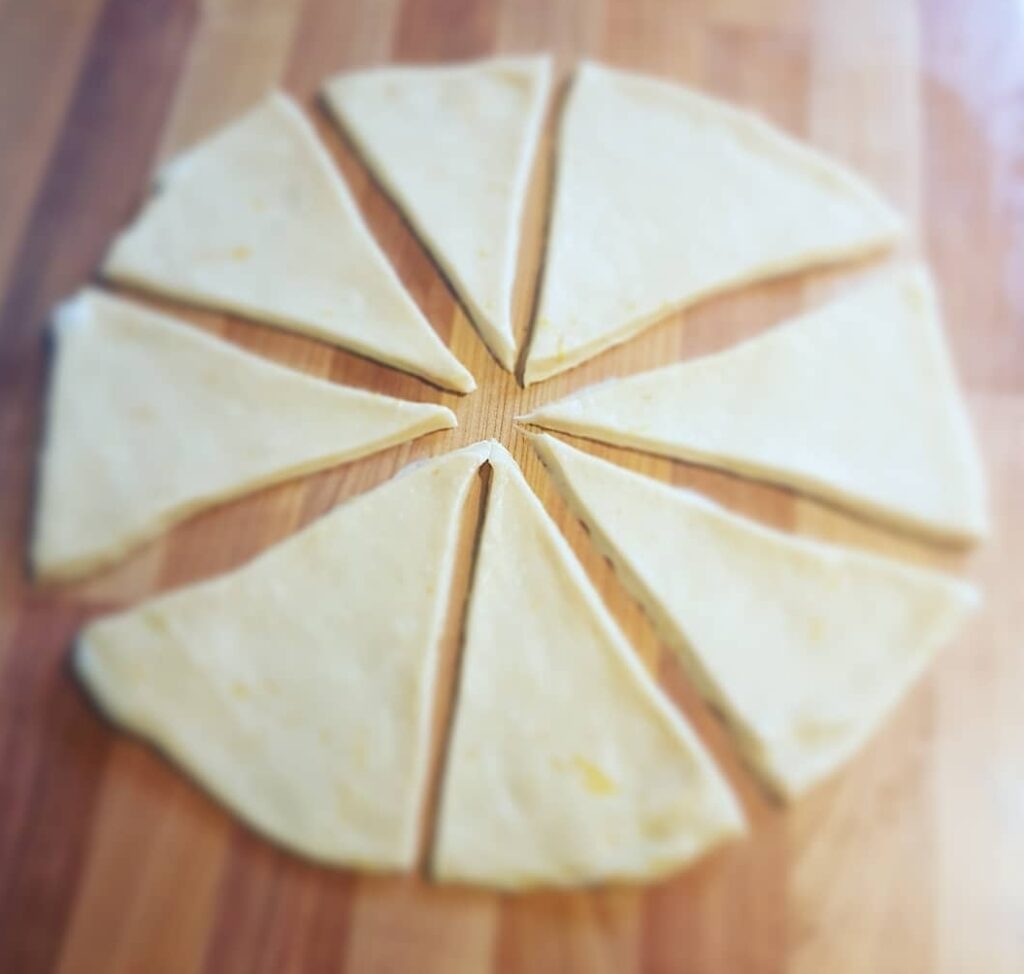
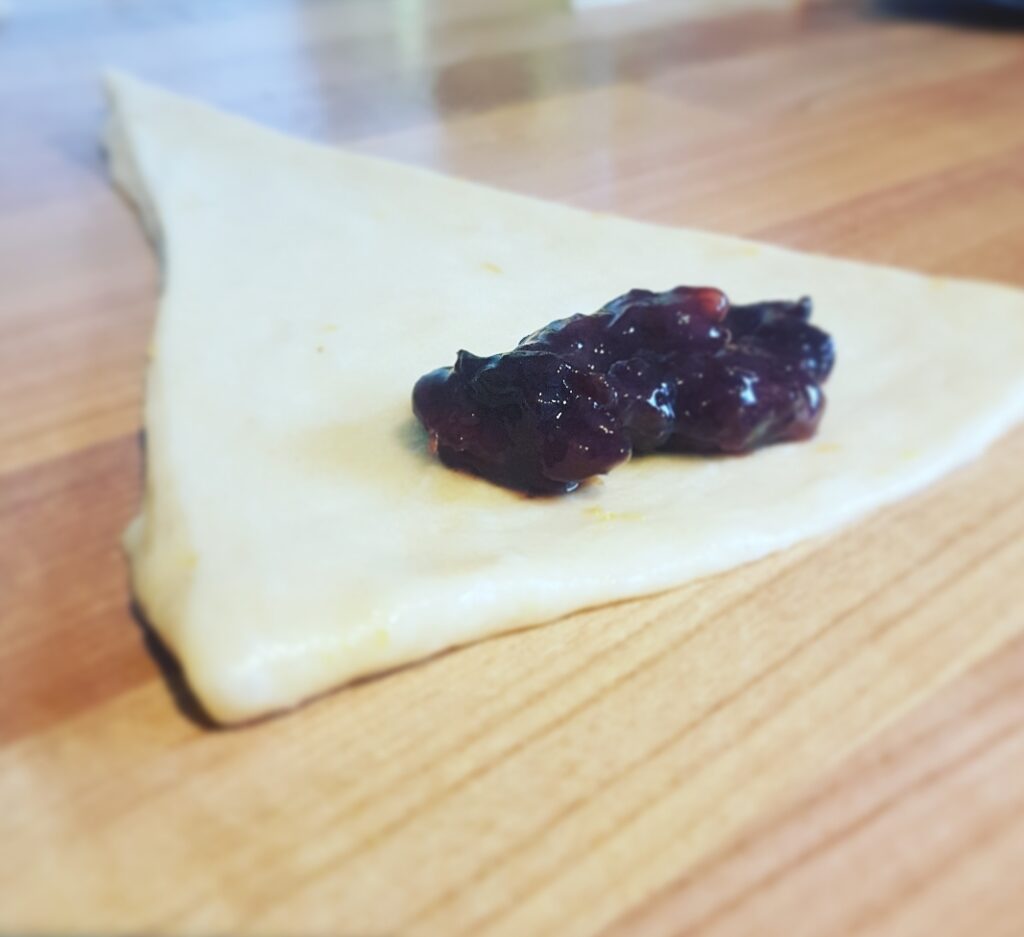

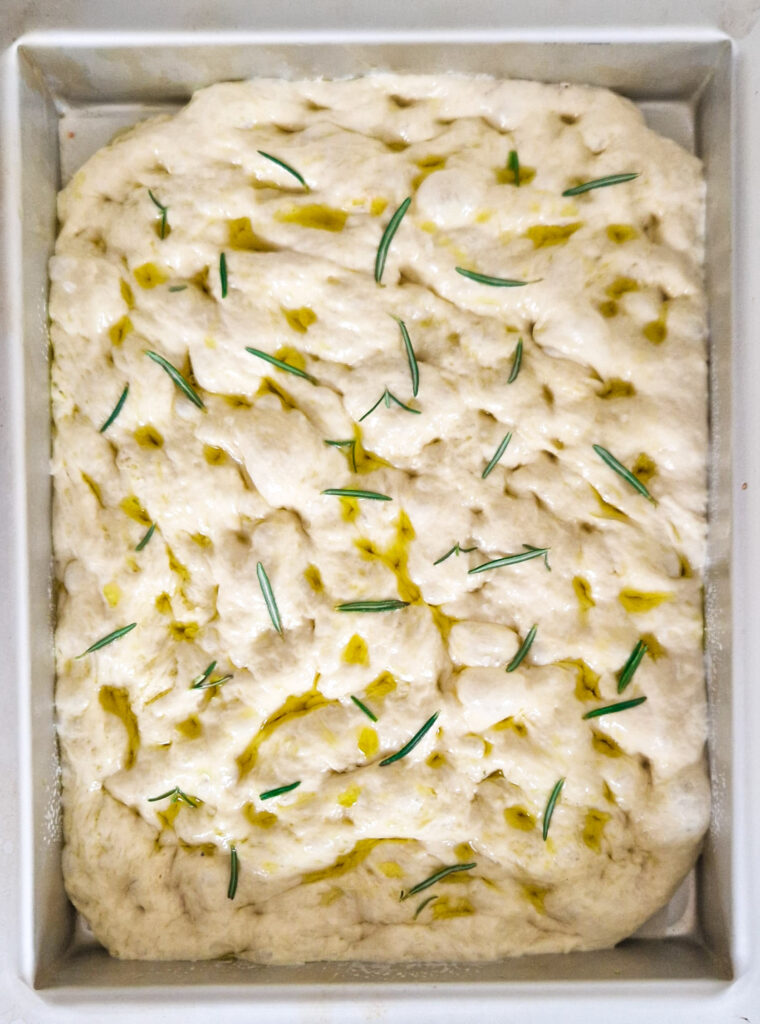
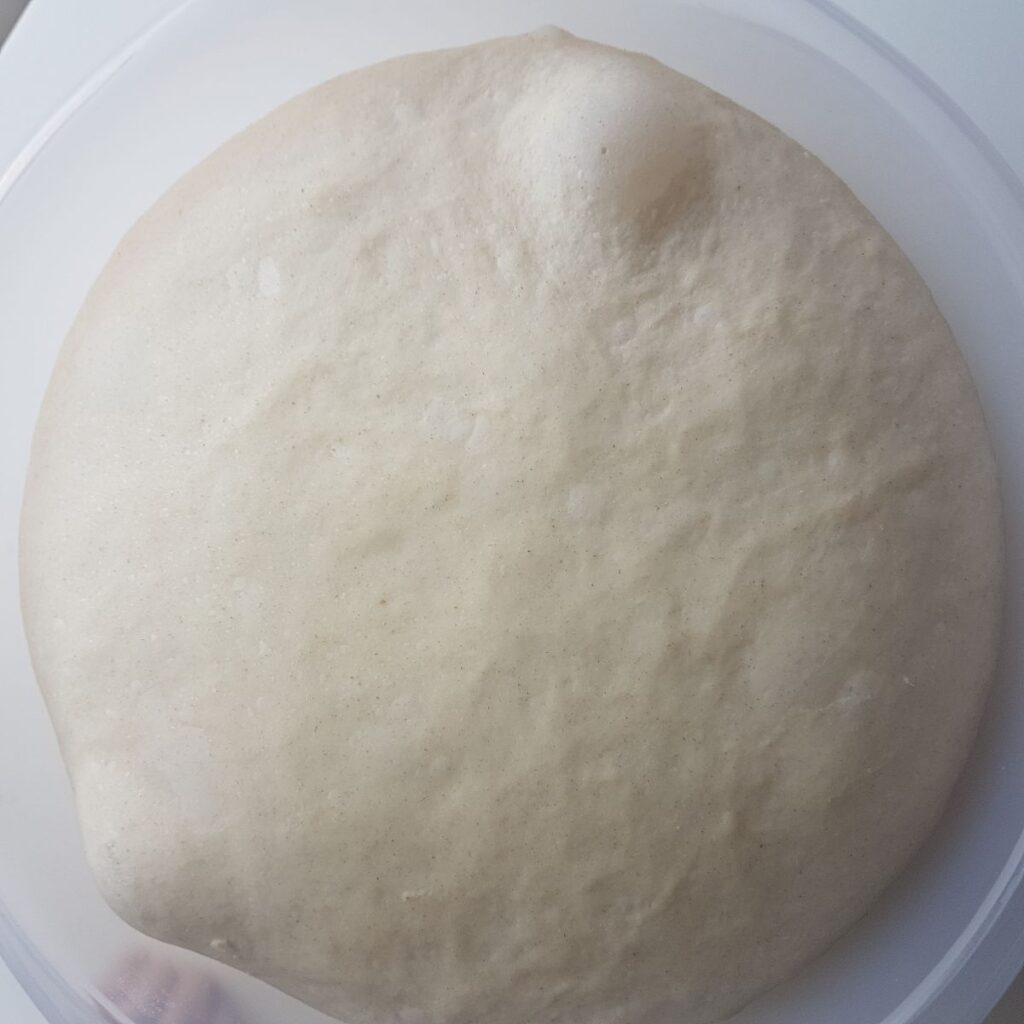
Frequently Asked Questions (FAQ)
-
How do I know when my yeast dough is ready to rise?
-
The dough should double in size. You can also gently press your finger into the dough; if the indentation remains, it’s ready.
-
-
What type of yeast should I use for dough?
-
You can use either active dry yeast or instant yeast. Both work well, but instant yeast doesn’t require proofing in warm water.
-
-
How long should I knead the dough?
-
Knead the dough for about 8-10 minutes, or until it becomes smooth and elastic.
-
-
Can I use whole wheat flour instead of all-purpose flour?
-
Yes, you can, but keep in mind that the dough might be denser. You may need to adjust the amount of water.
-
-
What can I do if my dough is too sticky?
-
Add small amounts of flour gradually until the dough is soft and non-stick. Be careful not to add too much, as it may affect the texture.
-
-
How can I speed up the rising process?
-
Place the dough in a warm, draft-free area or preheat your oven to a low temperature, turn it off, and let the dough rise inside.
-
-
Can I freeze yeast dough?
-
Yes, you can freeze the dough after the first rise. Wrap it tightly and store it in the freezer for up to 3 months. Allow it to thaw and rise again before using.
-
I hope you enjoy making and savouring this delicious recipe as much as I do! If you’d like to explore more of my culinary adventures, feel free to follow me on my:
Facebook
Pinterest
Instagram
While I may be new to the scene, I’m driven by my passion for creating tasty dishes to share with others. Let’s cook and enjoy together!

